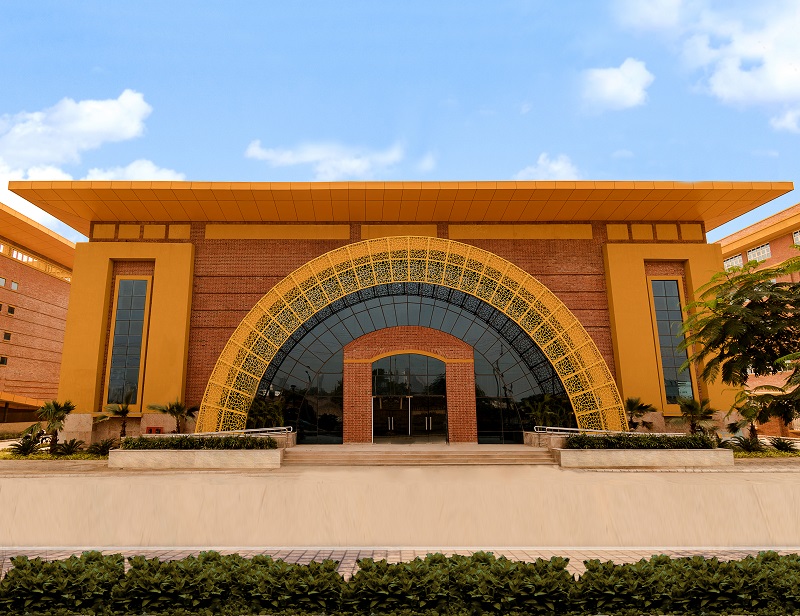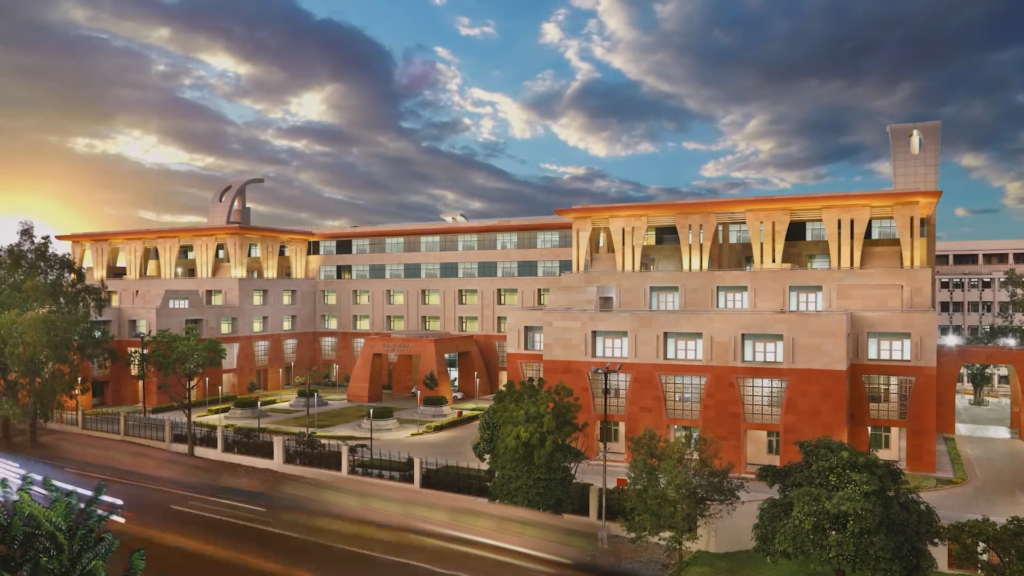Ranked amongst the Top 100 Architects in the world by International Union of Architects (UIA) Ar Dikshu Kukreja gets candid with Interiors and Decor Magazine.
Narrate your experience in Architecture Journey till date. What makes your work unique?
The vivid memories of going with my parents particularly to monuments in and around Delhi for picnics used to always enthuse me. Though, at the time, I did not understand much yet there was something that connected with me. I was instinctively drawn to buildings. My father has been one of the greatest influences in my life but in a very unusual manner. He played the role of a very silent guide. It was not ever expressed by him that he would like me to be an architect, rather on the contrary he would question that decision of mine – choosing architecture as a profession. He was silent but one could judge that his expectation were very high. I have always tried to meet up to those expectations. As a student of architecture, the most important aspects for me some were common and some differed between studying in India and USA.as far as both countries, I always felt that hardwork and conviction towards our thoughts, ideas and design are important aspects in a student’s outlook and stayed with me in both the countries.

To me, air and water are two essential elements for our survival. And as we look around, we realise that more and more cities across India are very soon going to be unlivable. With this kind of an urban environment, it is imperative that we raise our standards and, with a sense of urgency, rethinking our architectural approach. It is this fate of the environment and the responsibility of our profession, which has made us think hard in pushing the boundaries of excellence in environment friendly design. Our primary objective today is to create architecture that is a collective of all these blended seamlessly as a physical manifestation with the existing geographical setting and at the same time containing within itself a strong potential to live up to the future developments and urban standards.
How have the designs evolved over the years – Then and Now
India has a remarkable history of sustainable, vernacular architecture where buildings use passive design, local materials and respond to the site context. It is very difficult to define what “Indian Architecture” really is. Post-Independence, one could find a trend of looking at the West for inspiration that was catching up with the architects. However, historically our country has been a pioneer of green design, our ancestors designed structures as an extension of one’s living.
India seems to be witnessing exciting times with the plethora of opportunities waiting to be explored in its design and development sectors. The availability of large development areas like new cities, towns, etc. make the scope for growth through green practices an achievable feat. Through careful study, the current generation is finding inspiration and design keeping their surrounding environment, availability of resources and minimised waste generation in mind.

Architecture is a response to the world around us and the world around us is changing more and faster than ever before. So, whether it is climate change or the influx of technology and different modes of construction and the world becoming a smaller place with enhanced communication and travel – all these aspects are definitely challenging the way architects build for the coming years.


